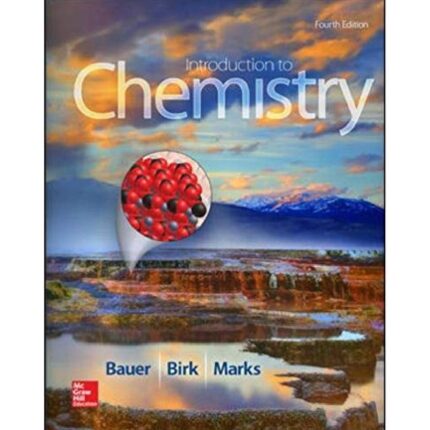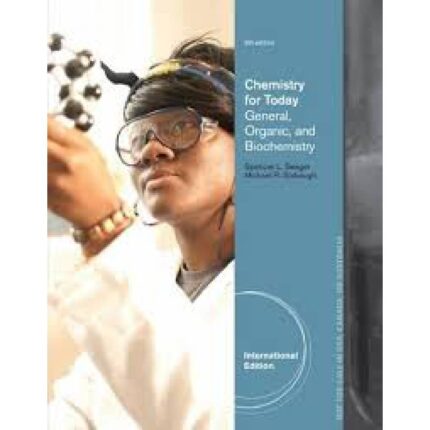MULTIPLE CHOICE
1. Of the 2.5% fresh water supply, what amount is available as groundwater or surface water for human use?
a. 100%
b. 97.5%
c. 2.5%
d. less than 1%
ANS: D
2. Layers of water-bearing porous rock are called
a. aquifers.
b. artesian wells.
c. ground wells.
d. brackish wells.
ANS: A
3. Which of the following is the major user of water in the United States?
a. households
b. industry
c. agriculture
d. steam-electric utilities
ANS: C
4. Fertilizers such as nitrates and phosphates are examples of what type of pollutant?
a. minerals and chemicals
b. infectious agents
c. plant nutrients
d. oxygen-demanding wastes
ANS: C
5. Which of the following dissolved substances would you not expect to be in “pure” water?
a. CN–
b. Fe2+
c. O2
d. dust particles
ANS: A
6. What percentage of the human body is water?
a. 10%
b. 40-50%
c. 70%
d. 98%
ANS: C
7. If a sample of tap water has the smell of rotten eggs, which substance is likely present?
a. chlorine
b. hydrogen sulfide
c. algae
d. copper
ANS: B
8. What common household hazardous waste is not correctly associated with the harmful ingredient?
a. gasoline – organic solvents
b. nail polish remover – organic solvents
c. bathroom cleaners – wax and heavy metals
d. latex paint – organic polymers
ANS: C
9. Primary wastewater treatment copies two of nature’s purification methods. Which two are these?
a. distillation and crystallization
b. settling and filtration
c. aeration and chlorination
d. oxidation and dilution
ANS: B
10. What is the name of the sticky gelatinous precipitate that is formed in the primary treatment process and carries away suspended dirt particles and bacteria?
a. calcium sulfate
b. calcium hydroxide
c. aluminum hydroxide
d. aluminum sulfate
ANS: C
11. Non-biodegradable organic compounds (such as chlorinated hydrocarbons)
are removed from water in
a. tertiary treatment.
b. secondary treatment.
c. primary treatment.
d. denitrifying bacteria.
ANS: A













Reviews
There are no reviews yet.